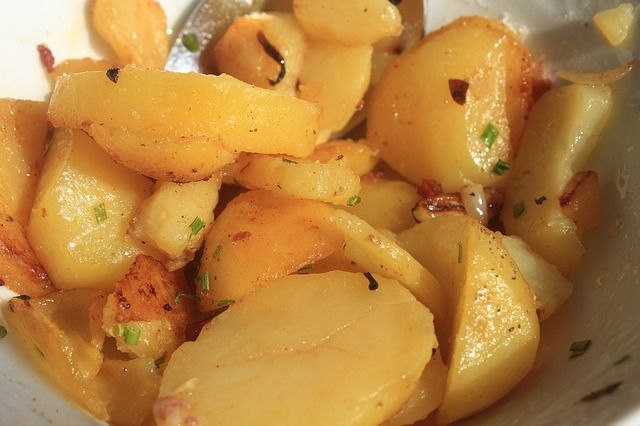
When people refer to limiting their “carb” intake, they mean they are holding back from eating food rich in carbohydrates. What are carbs, and what are some examples of foods high in carbohydrates that dieters may wish to limit their consuming?
Derived from carbo- (carbon) and hydrate (water), these substances are compounds such as sugars, starches, and cellulose that contain carbon, hydrogen, and oxygen. The ratio of hydrogen to oxygen atoms is 2 to 1, the same as that for water (H2O). In essence, all carbohydrates are some combination of carbon and water.
What are Carbs – Sugars
Mention sugar, and the average person thinks of ordinary table sugar or sucrose. Others may have also heard of glucose. This sugar is of special importance in the human body. It is sometimes referred to as one’s blood sugar. But there are actually hundreds of different sugars, some of which you’ve seen in the ingredients list of your food purchases.
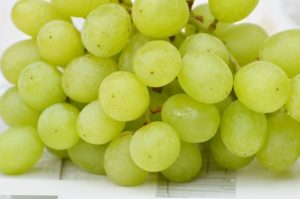
For example, there are dextrose, maltose, fructose, lactose, galactose, and xylitol. These are found in candies, brewed products, fruit, dairy products, and chewing gum. But there are many more you’ve almost certainly never heard of at all. What are some of the identifying features that make a compound a sugar?
Since sugars are carbohydrates, the general rule, above, applies: two hydrogen atoms for every oxygen atom. Sucrose is C12H22O11. Glucose is C6H12O6.
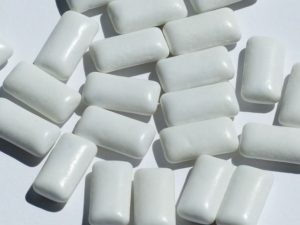
What are Carbs – Starches
Starches are “related” to sugars, but are just a little more complex. The reader is doubtless acquainted with many starches. There are arrowroot starch, cornstarch, potato starch, rice starch, and tapioca starch. The list goes on and on. Why are there so many of them? Because starches consist of chains of glucose molecules “stitched” or bonded together. The number of units joined and the style of stitching identifies the kind of starch.
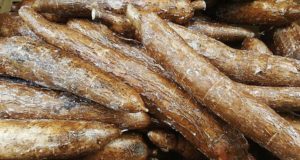
Starches metabolize differently from sugars. It takes greater time to break them down in the body than most sugars require. Still, in a sense, starch is sugar. So some, not using technical language, refer to eating starch-rich food as eating sugar. Starches are assigned the generic chemical formula (C6H10O5)n. Once again, notice the hydrogen to oxygen ratio. Ten to five is the same as two to one.
What are Carbs – Cellulose
Most interestingly, cellulose possesses the same generic chemical formula as that of the starches, (C6H10O5)n. The difference lies in the much higher number of glucose units joined together in cellulose than in starches, and the strictly linear stitching, free of side-branches. It is thus very stiff, and so useable in the formation of rigid plant structures. It is nearly indigestible and so can be viewed as fiber. One now famous bread, in fact, contained cellulose that proved to be sawdust from a tree. Grinding the tree’s rigid structural component provided dietary fiber.
What are Carbs – No, Not Fats
Fats are often accused of, well, fattening a person up. Some diets, though, allow fat consumption. Are fats not carbs? No, they are not carbs. Recall the full word is carbohydrate, and the chemical formula for a carb is basically carbon combined with water. The hydrogen to oxygen ratio is 2 to 1. But that is not so for fats. The ratio varies for fats, but the hydrogen to oxygen ration is much, much greater than 2 to 1.
What are Carbs – Foods
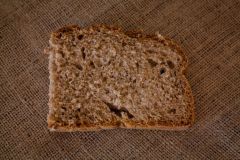
The reader can say with certainty that he or she knows what foods constitute carbs. Foods with a lot of sugar or starch in them. Not, not cellulose, as it consists of molecules so lengthy and difficult to attack chemically they do not digest appreciably if eaten. Classic carbs are white potatoes, pasta, rice, bread, cakes, soda, and puddings.
It should be noted that carbs should not be cut out of one’s diet entirely. In fact, there are some foods that are considered good carbs. Among these are unprocessed foods, called complex carbohydrates, which include whole grains and beans.
Note: You might also enjoy Potato Varieties: Nutritional Differences
References:

Good explanation, though I would include cellulose foods as carbs, though useful ones, like lettuce, cabbage, etc, as their fibre, as you say, is almost indigestible and thus helps the bowels to work well.